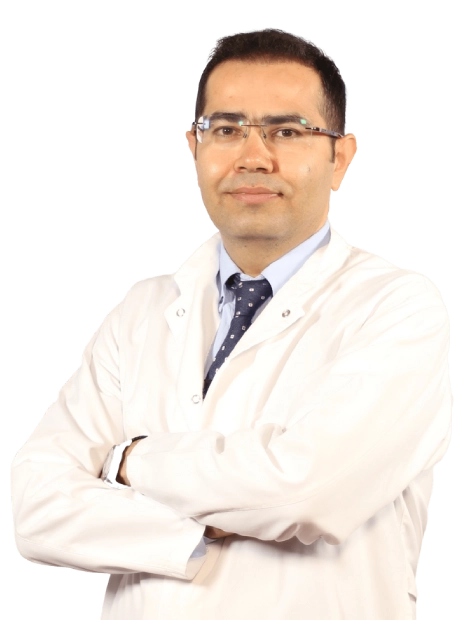360' Overview of the Heart with Cardiac MRI
The heart is one of the most difficult areas to visualize due to its location inside the rib cage and behind the bone structures, and constant motion. Therefore, centers with state-of-the-art technology and experienced specialists are required for the detailed examination of heart-related functions and diseases. Stating that Cardiac MRI is an advanced imaging technique that enables a detailed examination of the heart without any interventional procedure, Liv Hospital Ulus Radiology Specialist Assoc. Prof. Dr. Ayse Gormeli explained the advantages of the method.
Cardiac MRI can be used for children
As no radiation is involved with Cardiac MRI, it can be safely used both for children and adults. And the drug (contrast agent) that can be used if necessary during the procedure is also significantly safer than the tomographic methods. This examination method provides the best possible calculation of the cardiac functions. The structures of the heart can be examined on every plane without any angle restriction. Pathologies in the heart can be clearly revealed.
For which conditions can it be used?
- Cardiac MRI provides detailed information about the damage on the cardiac muscle in patients with vascular occlusion (vitality test). The extent of such damage is of crucial importance to determine whether the patient can benefit from a heart surgery.
- In congenital heart diseases, Cardiac MRI offers significant contribution for pre-operative planning and risk classification by providing a detailed evaluation of the heart and large vessels. Additionally, it also allows for the acquisition of most reliable and accurate data in lifelong follow-ups after the surgery.
- In cases of valvular insufficiency or obstruction, Cardiac MRI is used for the determination of the disease severity. The back flow rate of the blood through the valves can be calculated with a great accuracy.
- It enables the discovery of underlying cause in cardiac arrhythmias.
- In patients with suspected mass in the heart, it can be used to distinguish the mass and clot and to determine the malign tumors, if any.
- Cardiac MRI also allows for the monitorization of the extent to which the heart is affected by evaluating the cardiac muscle in detail in case of diseases like mediterranean anemia (thalassemia), sarcoidosis, Anderson-Fabry disease, amiloidosis.
For which conditions it cannot be used?
Individuals with cardiac pacemaker or other non-MRI safe medical materials (prosthesis, cochlear implant etc.) are not eligible for MR imaging. In addition, it should not be used for claustrophobic individuals without proper medical assistance.
How does Cardiac MRI work?
A vascular access is opened on the arm before the examination. After the patient is taken into the MRI device, ECG leads are attached to the chest to see the cardiac motion. Breath holding exercises are performed as the patients are required to hold their breaths for short periods of time during the examination, and then the MRI acquisition is initiated. In cases where necessary, a drug called contrast agent can be administered from the vascular access. The examination is completed within 30-45 minutes on average.
* Contents of this page is for informational purposes only. Please consult your doctor for diagnosis and treatment. The content of this page does not include information on medicinal health care at Liv Hospital .
